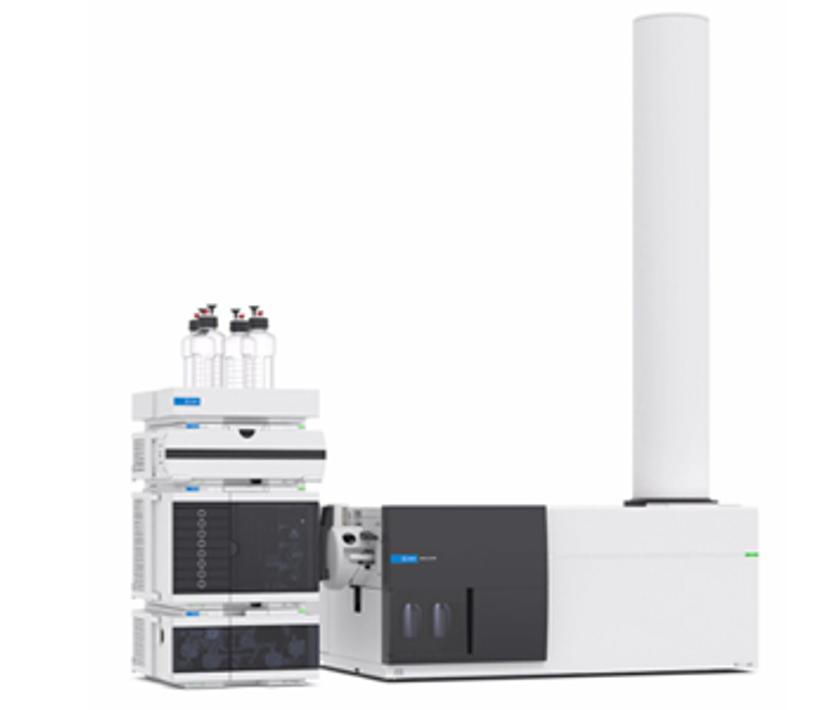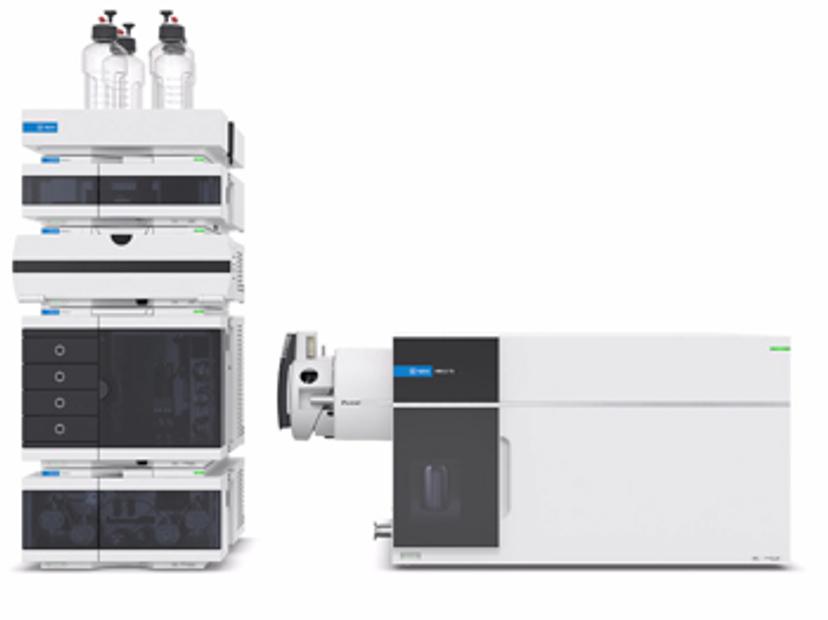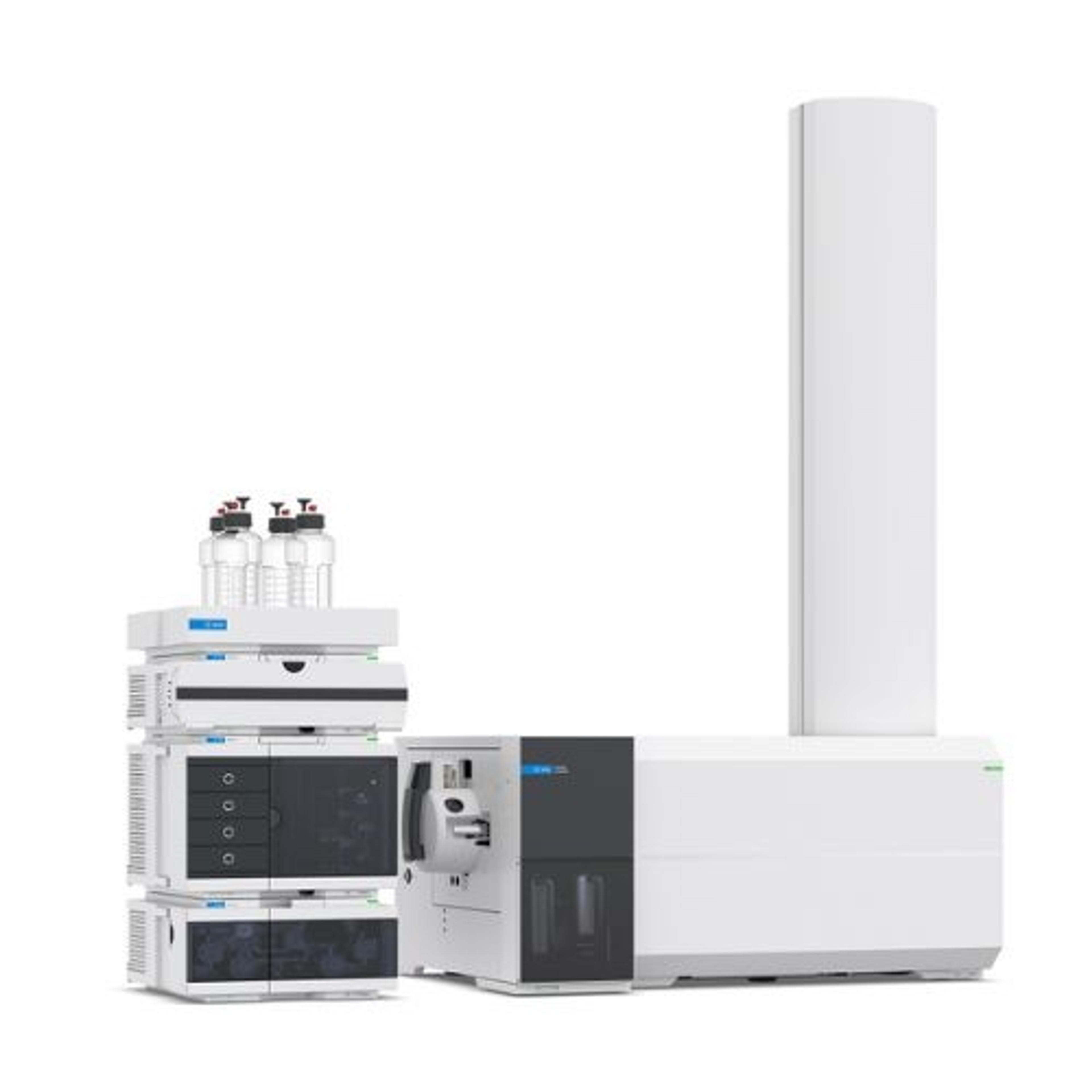Targeted metabolomics and lipidomics workflows powered by intelligent mass spectrometry lead to greater biological insights
Omics expert, Professor Gary Patti, shares his thoughts on the current trends in metabolomics and discusses how multiple omics datasets can enhance our understanding of biology and disease
18 Oct 2023

The emergence of highly sensitive mass spectrometers with intelligent features has transformed the ability to derive biological insights from complex datasets.
Modern metabolomics research has moved towards targeted workflows that focus on biologically relevant metabolites. Additionally, the integration of multiple omics disciplines has empowered researchers with the ability to gain a deeper understanding of biology and disease.
In this article, Professor Gary Patti, the Michael and Tana Powell Professor of Chemistry and Medicine at Washington University, provides valuable insights into the current trend toward targeted omics workflows and how the integration of multiple omics datasets is transforming researchers’ ability to unravel the complexity of biological processes.
The evolution of metabolomics and lipidomics workflows
Historically, researchers strived to measure as many lipids and metabolites as possible using a single omics method. However, it became clear that a single method lacked the coverage needed for comprehensive analysis. “The field has moved towards standardized workflows that combine multiple experimental methods,” explains Patti. “There has been a shift towards specificity in experimental design reflecting the need to tailor methods to the unique properties of different analytes.”
As the sensitivity of mass spectrometry instrumentation has increased, so has the complexity of the omics datasets researchers must navigate. “When you're performing an untargeted metabolomics analysis, it's typical to see thousands of peaks in the dataset,” says Patti. “Identifying the compounds corresponding to all these peaks can be challenging, with only a small fraction being chemically named or structurally identified. Many unannotated peaks are attributed to noise - such as contaminants or fragmentation during analysis - rather than new unidentified metabolites.” To address this challenge, efforts have moved towards more targeted analysis, focusing on biologically relevant metabolites, while filtering out non-relevant peaks.
The 6546 LC/Q-TOF allows you to observe the entire remit of detectable metabolites present and enables researchers to look at new peaks of interest in the future, while the 6495 Triple Quadrupole LC/MS provides enhanced sensitivity and precision.
Professor Gary Patti
Washington University
Targeted vs. untargeted metabolomics
“Untargeted metabolomic approaches seek to analyze all detectable metabolites present in a sample to determine if one or more is perturbed,” states Patti. “Achieving complete coverage is challenging due to the inherent biases introduced during sample preparation and analysis.”
On the other hand, in targeted studies, a specific metabolite or panel of metabolites is quantified and compared to reference ranges. “There are two main approaches to targeted analysis. The first involves acquiring data in an untargeted fashion using a high-resolution instrument such as the Agilent 6546 LC/Q-TOF but processing the data in a targeted manner, allowing researchers to extract information about specific molecules of interest from a comprehensive dataset,” Patti explains.
“The second approach involves acquiring data only for the molecules of interest. In our lab, we are using an Agilent 6495 triple quadrupole LC/MS (LC/TQ) to do this. The benefit of this approach is there aren't confounding peaks present so it simplifies data processing,” says Patti. “Even more importantly, when you switch from a quadrupole time-of-flight (QTOF) mass spectrometer to a triple quadrupole mass spectrometer you're going to get more sensitivity and better dynamic range.”
Patti highlights how the 6546 LC/Q-TOF and 6495 Triple Quadrupole LC/MS are complementary technologies. “The 6546 LC/Q-TOF allows you to observe the entire remit of detectable metabolites present and enables researchers to look at new peaks of interest in the future, while the 6495 Triple Quadrupole LC/MS provides enhanced sensitivity and precision,” says Patti.
Multiple omics datasets generate new insights into biological processes
To gain a more comprehensive understanding of biological systems, scientists are now integrating multiple omics datasets such as genomics, proteomics, and metabolomics. “Each omics perspective provides a unique angle for studying complex biological processes. Integration enables researchers to correlate changes at the molecular level with biological outcomes,” says Patti.

Patti continues, “We did a study where we compared healthy and diseased states and we found an altered metabolite. The altered metabolite was present in three different pathways and, from metabolomics data alone, we couldn’t determine if the metabolite was altered because of one of these three pathways or all of them. When we did a targeted proteomics study and looked at the enzymes in these three pathways, we found that the proteins were only altered in one of the three pathways. By combining the proteomics data with the metabolomics data, it then became clear which pathway was the source of dysregulation in this disease.”
One of the compelling aspects of integrating proteomics with metabolomics is the shared technology base. “Both disciplines rely on mass spectrometry and liquid chromatography, making the learning curve smoother for labs already proficient in these techniques,” explains Patti. “Historically, one of the key differences between the two disciplines was the use of nanoflow chromatography in proteomics. Technological advancements have blurred these boundaries, with some proteomics methods now using capillary and microflow chromatography due to improved instrument sensitivity and throughput.” This convergence allows labs to leverage the same hardware, workflows, LC systems, and mass spectrometers for both metabolomics and proteomics, streamlining their research capabilities.
Dr. Patti also emphasizes the shift toward targeted analyses in both metabolomics and proteomics. “Instead of attempting to analyze the entire proteome, researchers have found that focusing on specific subsets of proteins, such as those associated with metabolic pathways, can yield valuable insights,” says Patti. “This targeted approach can simplify data interpretation and allow for a more efficient use of resources.”

Integration with flux analysis
Alongside the combination of various omics techniques, it is possible to incorporate further experimental techniques such as flux analysis to obtain even deeper insights into metabolic processes. “When you perform metabolomics or lipidomics you're measuring the relative levels of metabolites or lipids. Flux analysis offers a dynamic view of metabolic processes in action. By adding an isotopically labeled substrate, which has a different mass compared to a non-labeled substrate, we can track how quickly that substrate is transformed into downstream products,” says Patti.
To integrate flux analysis with targeted workflows, Patti highlighted the importance of selecting the appropriate labeled tracers. “Adding labeled substrates upstream of the pathway of interest allows researchers to precisely measure the flux within that specific pathway. This targeted approach combining flux analysis and the Agilent 6546 LC/Q-TOF further illuminates cellular and molecular processes of interest.”
Expanded analyte coverage paves the way for precision medicine
Looking to the future of omics research, Patti highlights the importance of instrument stability and precision, particularly for analyzing large sample cohorts in precision medicine research. “To understand biology on an individual level for precision medicine, enormous amounts of data are required. What we're trying to do with mass spectrometry now is profile cohorts that contain extremely large sample numbers.”

The Agilent Revident quadrupole time-of-flight LC/MS (LC/Q-TOF) includes multiple innovations that empower labs to meet increasing sample throughput and productivity demands. High-resolution mass spectrometry screening using the Revident LC/Q-TOF can be used to increase measurement capabilities dramatically for analyses of samples with large numbers of suspects, including retrospective analysis using full mass spectra information. “When we look at technologies, it’s important they offer the stability to achieve precise results so that when we're analyzing lots of samples the signal stays stable. With the Agilent 6545 LC/Q-TOF and 6546 LC/Q-TOF that we are using we have observed incredible precision,” says Patti.
Agilent has also introduced the Agilent 6495 triple quadrupole LC/MS (LC/TQ), which incorporates numerous intelligence features that address the critical transition between the discovery phase of research and the translational phase where studying a large volume of samples is crucial for generating meaningful scientific insights. Advancements in triple quadrupole mass spectrometry have enabled the analysis of larger panels of metabolites and lipids, blurring the distinction between untargeted and targeted workflows. “The number of targeted metabolites or lipids you can evaluate has gone up by an order of magnitude over the last decade. We're now getting to the point where the coverage between targeted and untargeted workflows is comparable,” explains Patti. “This expanded coverage allows researchers to explore a wide range of analytes with high sensitivity.”
RA45209.6585648148


